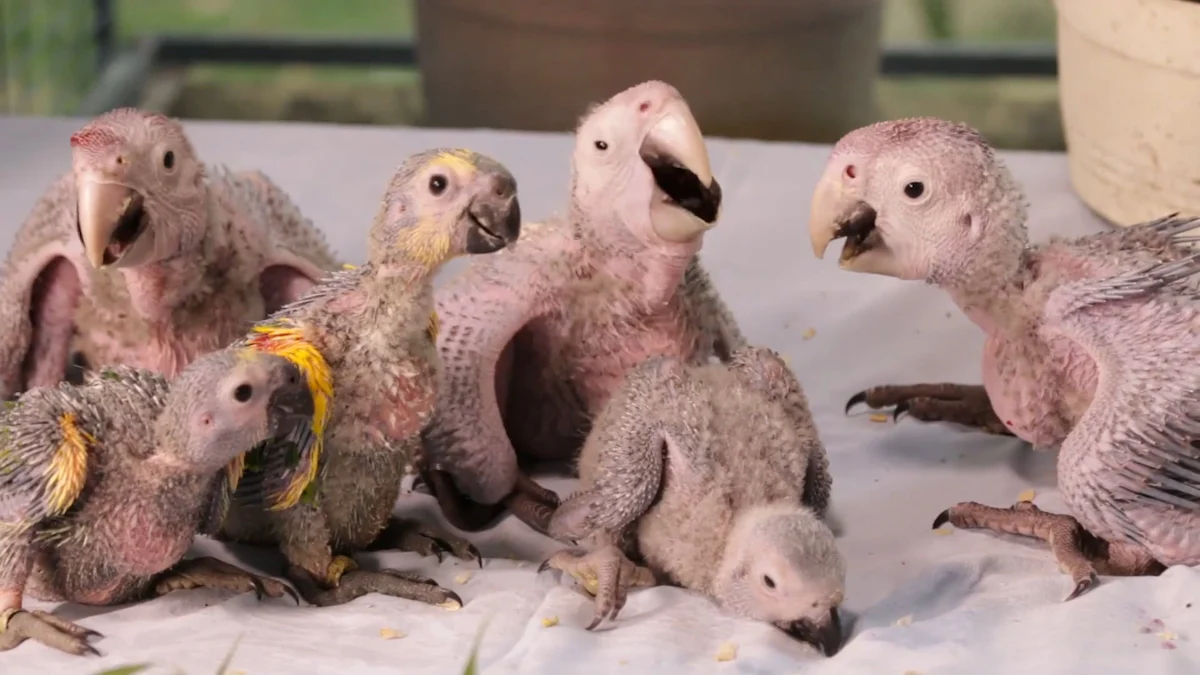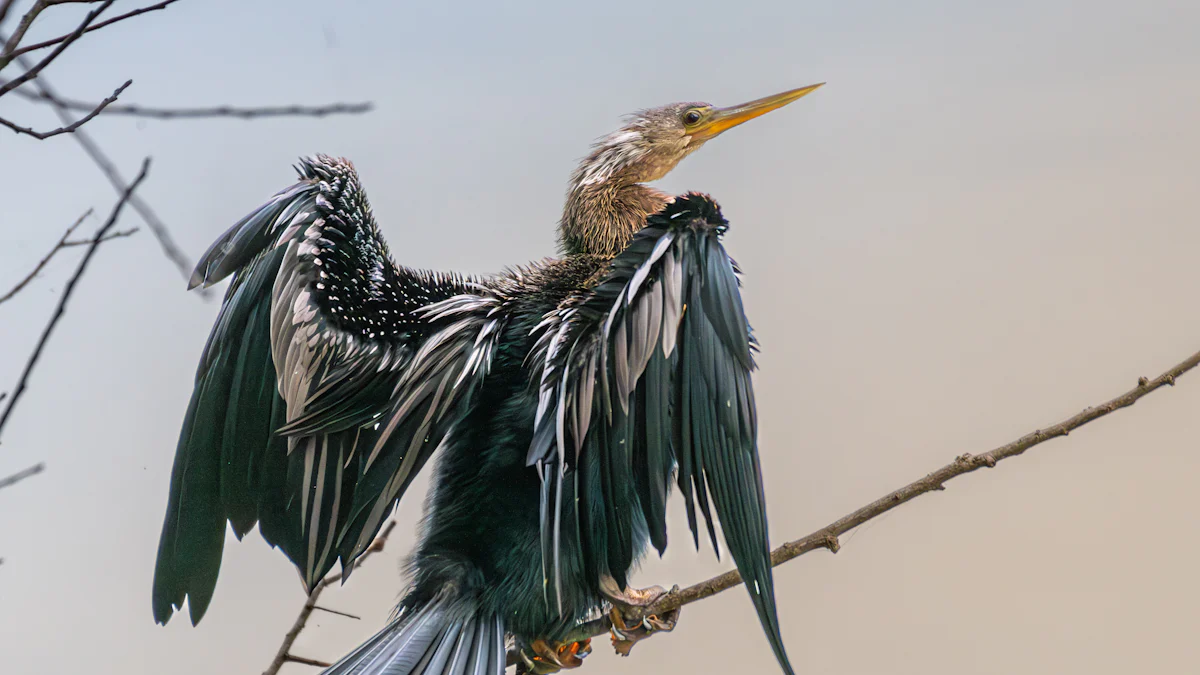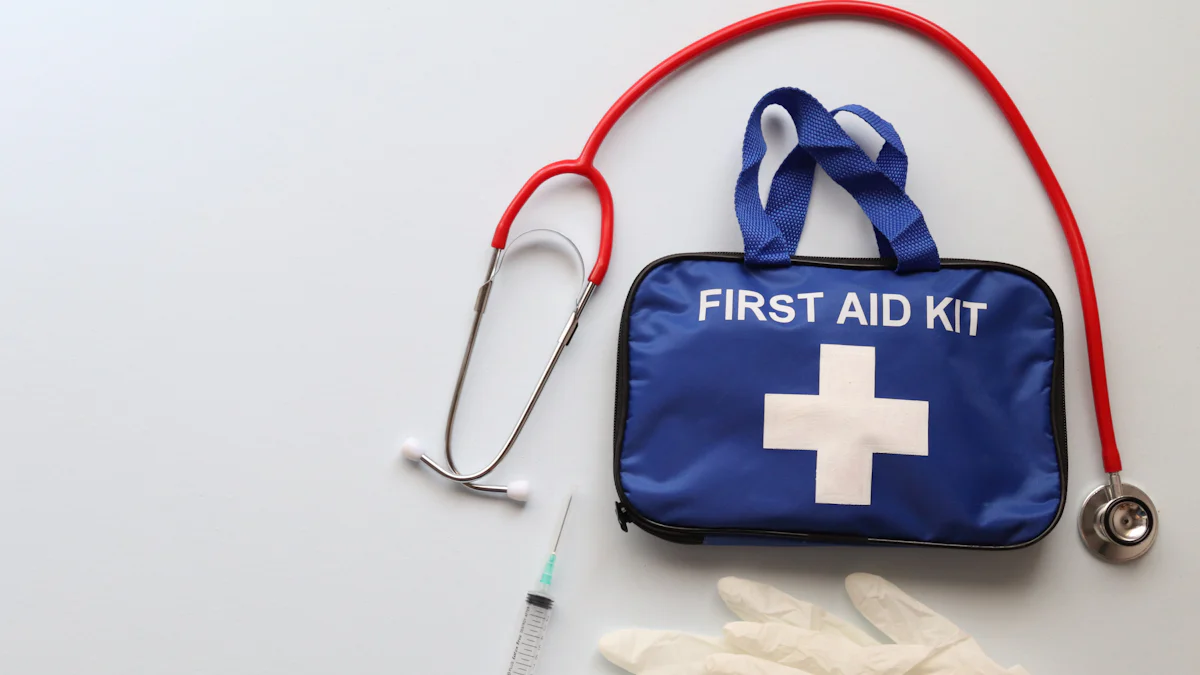
World First Aid Day shows how quick actions help. Birds face dangers like crashes and predators. Over a billion birds die each year in the U.S. Many hit buildings, and 60% do not survive. Knowing first aid can help a lot. You can save hurt birds by learning simple skills. Picture finding a bird in trouble and knowing what to do. This knowledge lets you act fast and kindly.
Common Bird Injuries

Types of Injuries
Fractures
Birds can break bones easily. They often hit windows or cars. This impact breaks their bones, stopping them from flying. If a bird has a broken wing or leg, it struggles to live. You might see it limping or dragging its wing. These are signs of a fracture. Acting quickly can help the bird heal.
Bleeding
Bleeding is very dangerous for birds. Predators or sharp things cause cuts. Losing blood makes birds weak fast. You might see blood on feathers or near the beak. Quick care is important here. Pressing on the wound can stop bleeding. Fast action can save a bird's life.
Identifying Injured Birds
Physical Signs
Finding an injured bird needs careful looking. Check for cuts or blood spots. A bird with messy feathers or drooping wings may need help. Swelling or strange bumps show injury too. Birds look different when hurt and need help soon.
Behavioral Changes
Changes in behavior show bird injuries too. Hurt birds sit still and don't move much. Not flying or hopping means trouble for them. They might not eat or drink when in pain, making odd noises or staying quiet instead of singing like usual helps find which birds need help.
First Aid Measures

Managing Injuries
Fractures
Fractures can make a bird's life tough. You should handle the bird gently. Use a soft towel to wrap the bird. This keeps the wings close to the body. Place the bird in a padded box. The box should be quiet and dark. This helps reduce stress. Contact a vet as soon as you can.
Bleeding
Bleeding needs quick action. Apply pressure to the wound with a clean cloth. Use flour or cornstarch to stop the bleeding. Keep the bird calm and still. Avoid giving food or water right away. A vet should check the bird if bleeding continues.
Safe Handling
Capturing Techniques
Approach the bird slowly. Quick movements can scare the bird. Use a towel or soft cloth to cover the bird. This makes capturing easier. Gently place the bird in a box. Ensure the box has air holes for breathing.
Handling Precautions
Handling requires care. Always support the bird’s body. Avoid squeezing the bird. Stress can worsen injuries. Keep the environment quiet. Loud noises can frighten the bird more.
Temporary Shelters
Suitable Environments
A safe shelter is crucial. Choose a cool, quiet place. Avoid direct sunlight. The area should be free from pets and children. This helps the bird feel secure.
Shelter Materials
Use a cardboard box for shelter. Line the box with soft towels. Towels provide comfort and warmth. Make sure the box is well-ventilated. A lid or towel over the top keeps the bird calm.
Avian Expert: "Knowledge of Avian CPR & Rescue Breathing can be beneficial in an emergency situation." Always keep this information handy. Contact your avian vet immediately after any emergency techniques.
Contacting Experts
When to Get Help
Serious Injury Signs
Big injuries need expert help. Look for heavy bleeding or broken bones. Birds that can't move or breathe well need fast care. Swelling or weird bumps mean serious problems. Quick action helps a lot.
No Improvement
Sometimes, birds don't get better with simple care. If a bird stays weak or won't eat, ask for help. No change after first aid means a vet should see the bird. Waiting too long can make things worse.
Help Sources
Wildlife Rescue Groups
Wildlife rescue groups give great support. Groups like the International Wildlife Rehabilitation Council (IWRC) have expert care. They treat and release hurt birds. Contact them for advice and help. They know how to handle wildlife emergencies.
Vet Contacts
Keep local bird vets' numbers handy. Vets know about bird care and can help fast. Call a vet if you see big injuries or no improvement. A quick call can save a bird's life. Always have contact info ready for emergencies.
Keeping Birds Safe
Stopping Crashes
Window Changes

Birds hit windows because of reflections. Use stickers to stop this. Bird-safe films can help too. These steps keep birds from getting hurt.
Managing Obstacles
Wires and fences can harm birds. Make wires bright so birds see them. Leave gaps in fences for safe passage. Check for dangers often.
Making Bird-Friendly Places
Habitat Ideas
Add things that attract birds safely. Plant native trees for food and shelter. Put birdbaths away from hazards. This helps birds live well.
Safe Nesting Spots
Birds need safe places to nest. Give them boxes in quiet spots. Keep these areas clean and safe from predators. Help birds raise their young safely.
World First Aid Day reminds everyone to focus on bird health and safety. You can help protect birds by joining local conservation efforts. Participate in activities that create safe environments for birds. Share your first aid knowledge with friends and family. Teach others how to care for injured birds. Your actions can make a big difference. Saving a bird's life starts with you. Every small effort counts in bird protection.
To learn more about bird conservation and how you can make a difference, be sure to check out our blog list!













